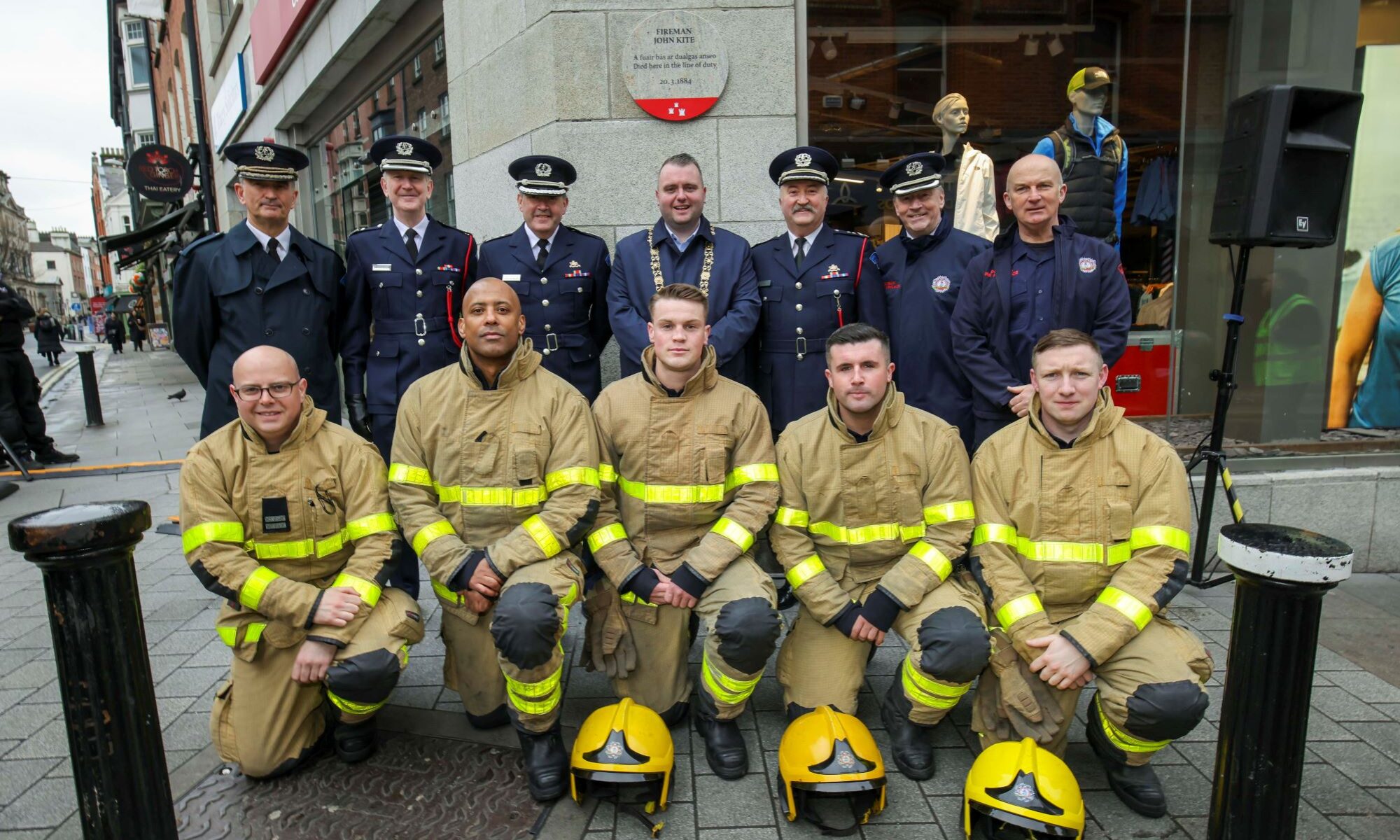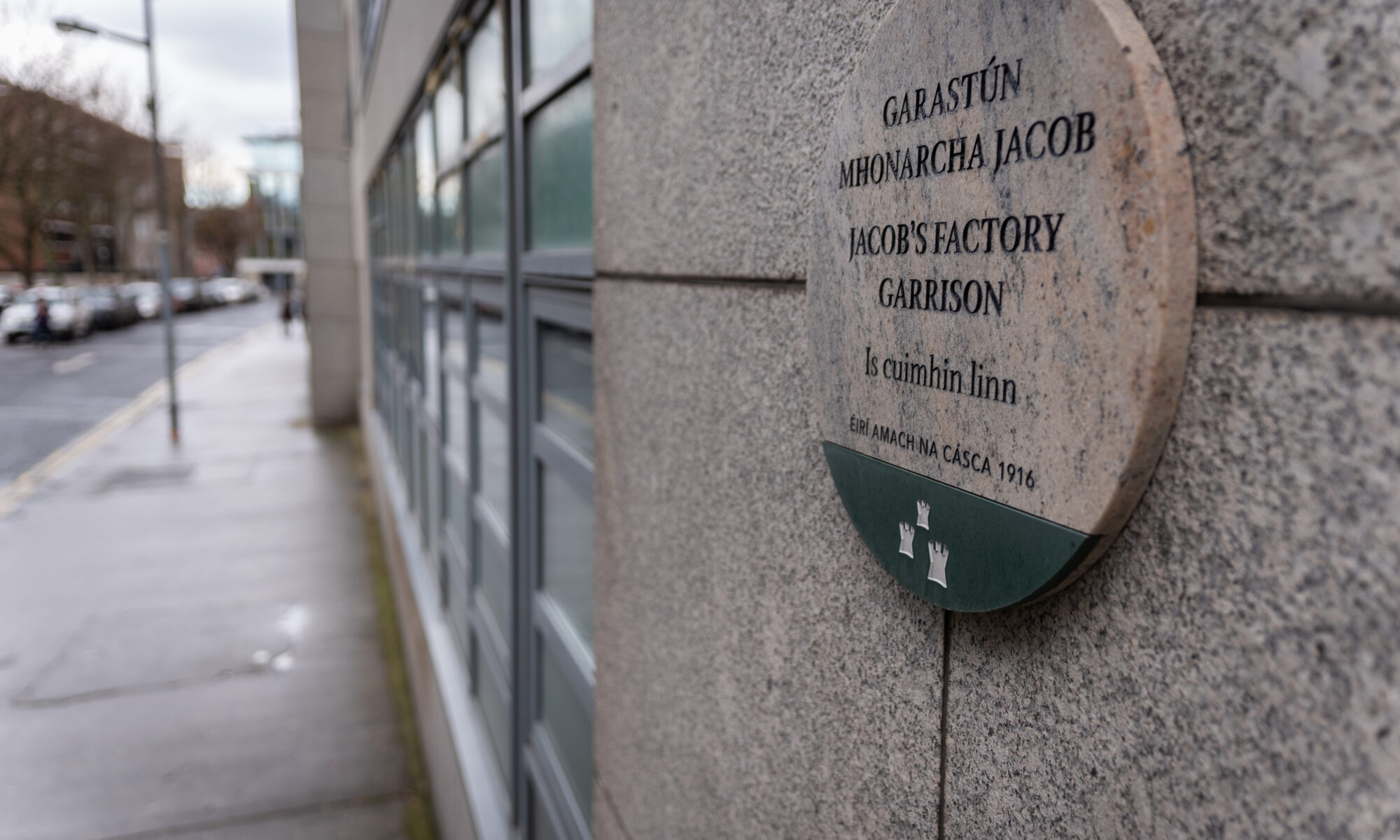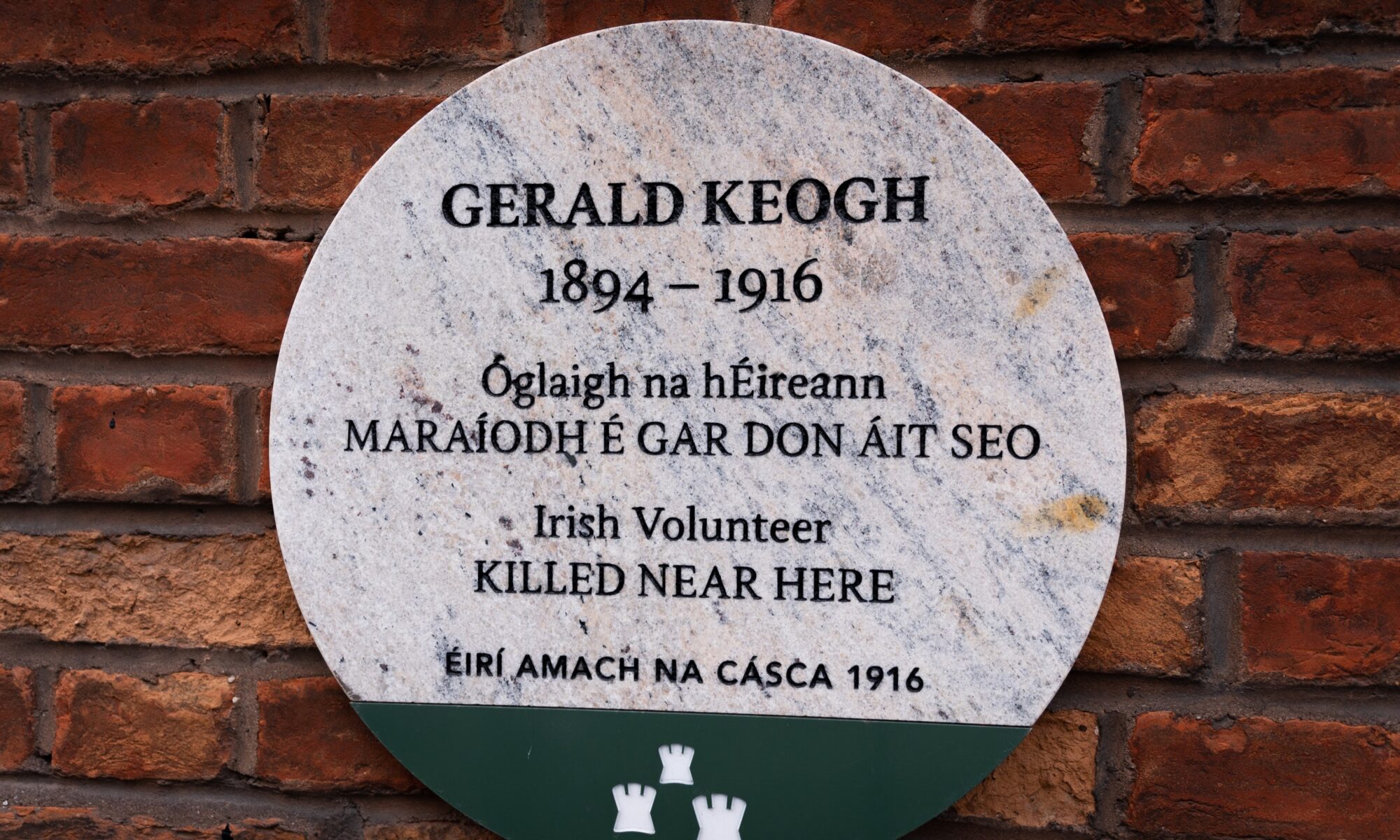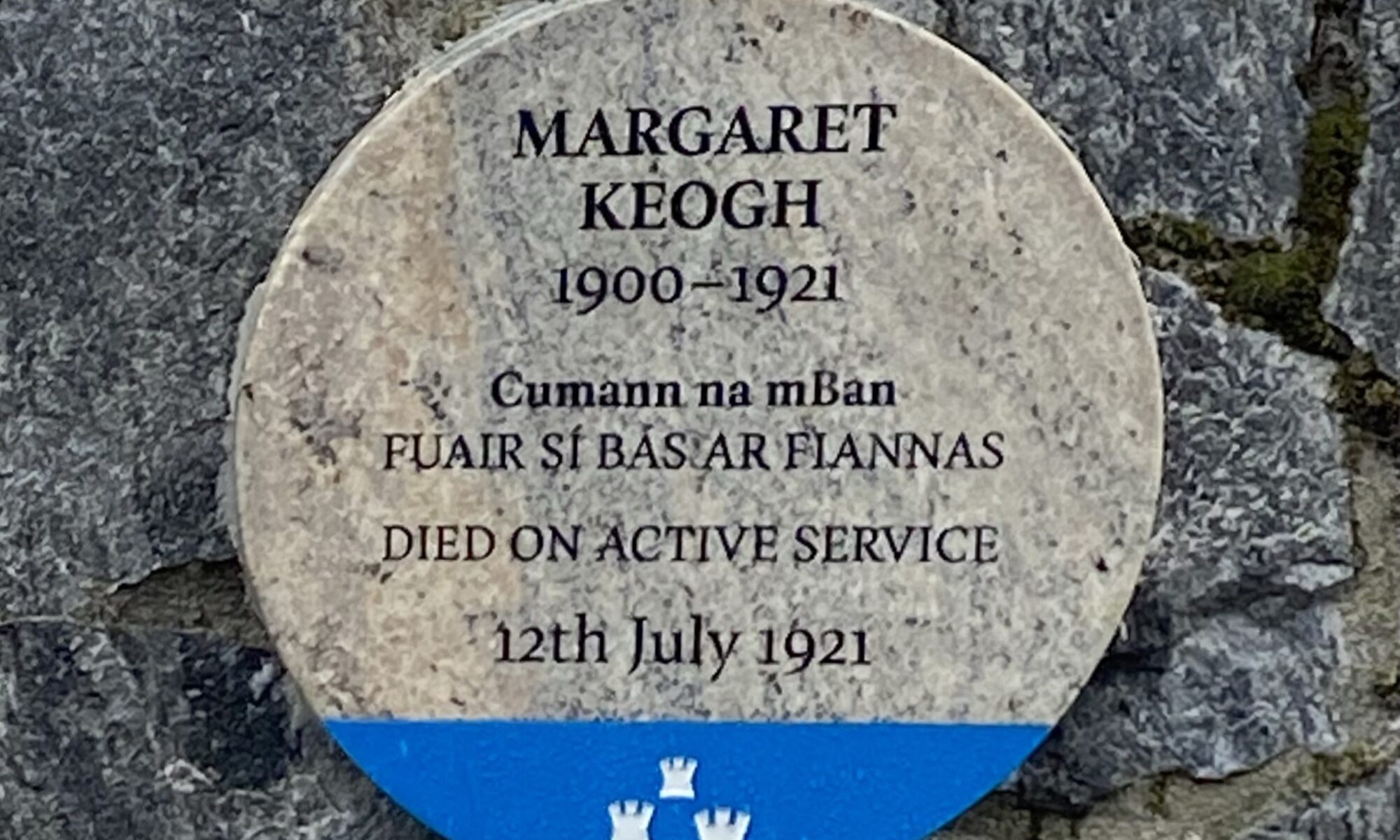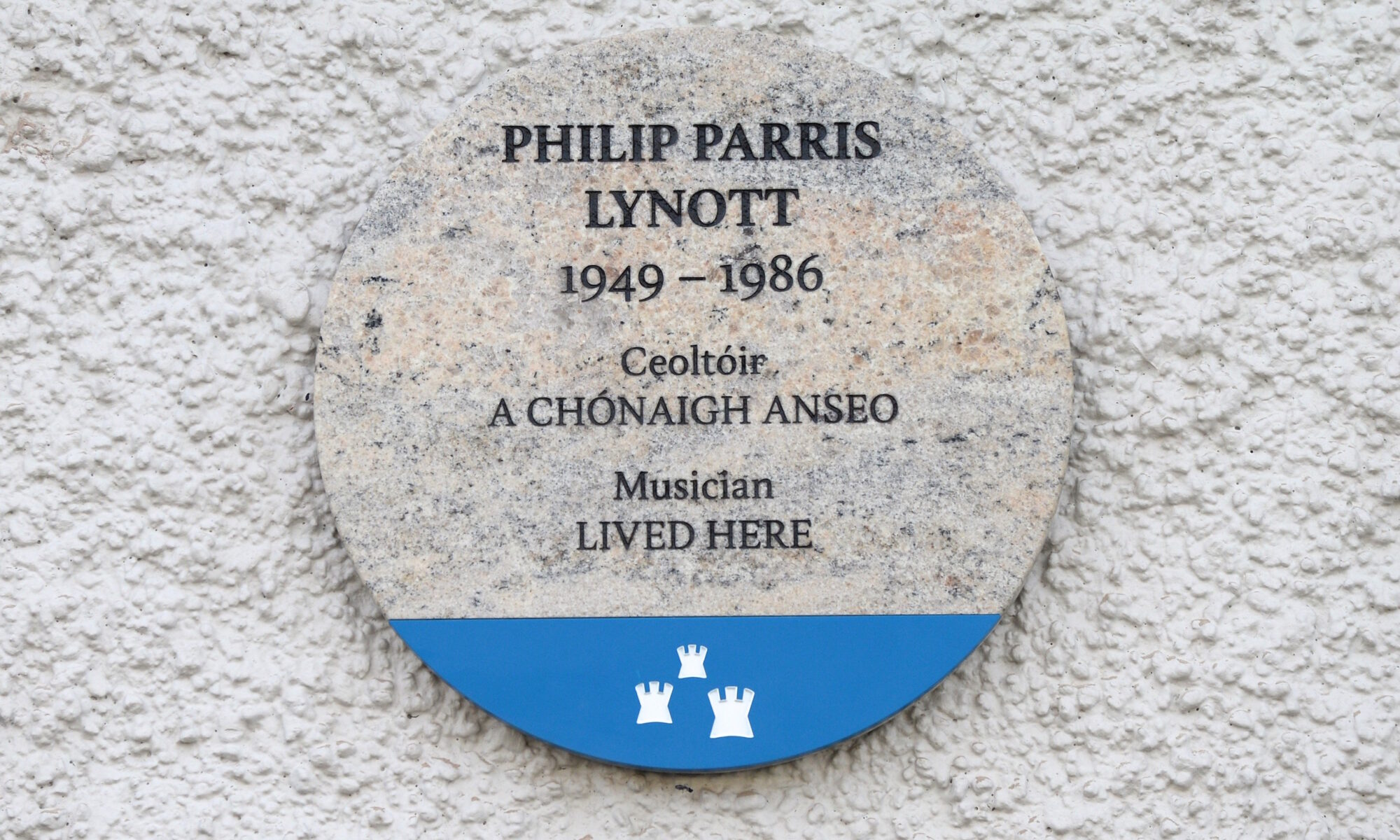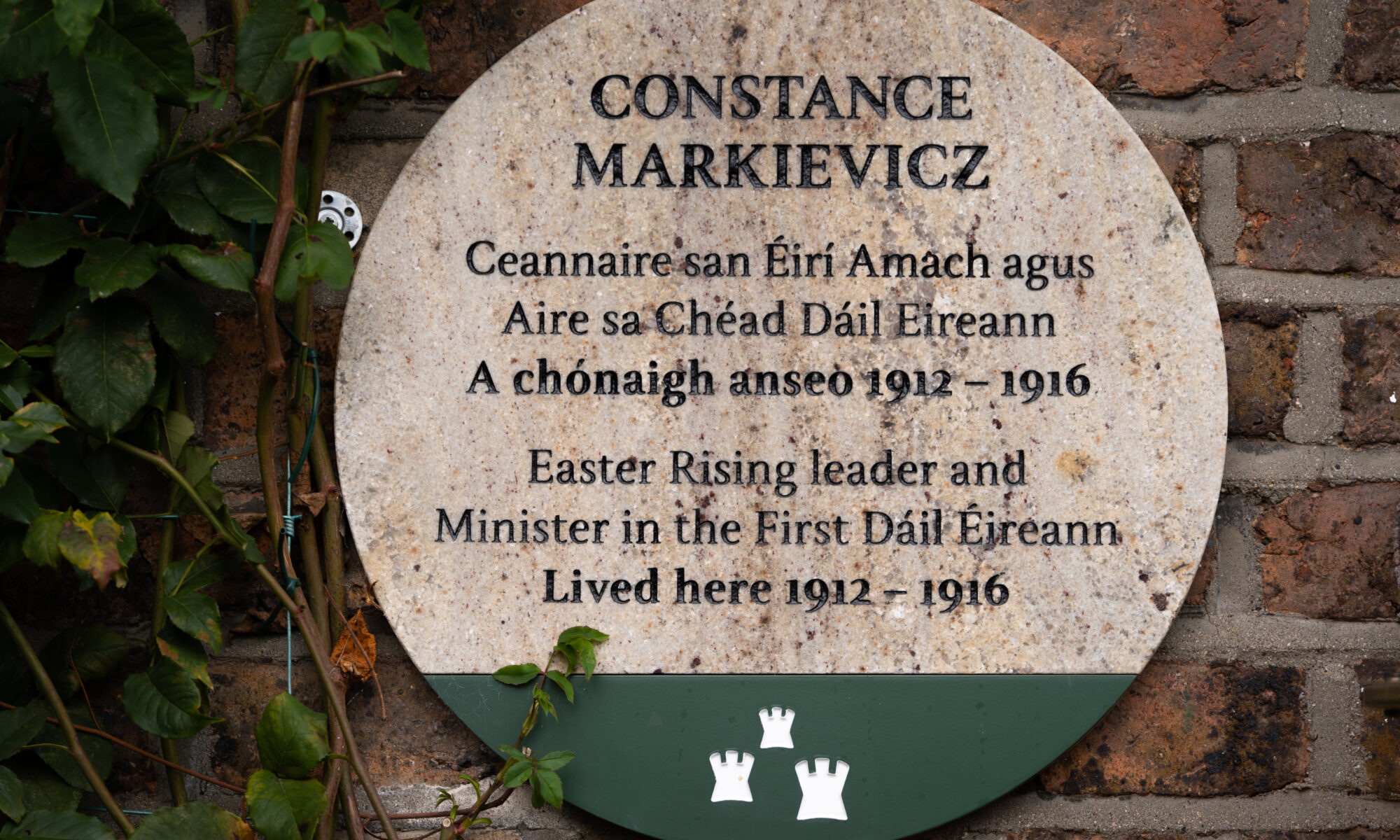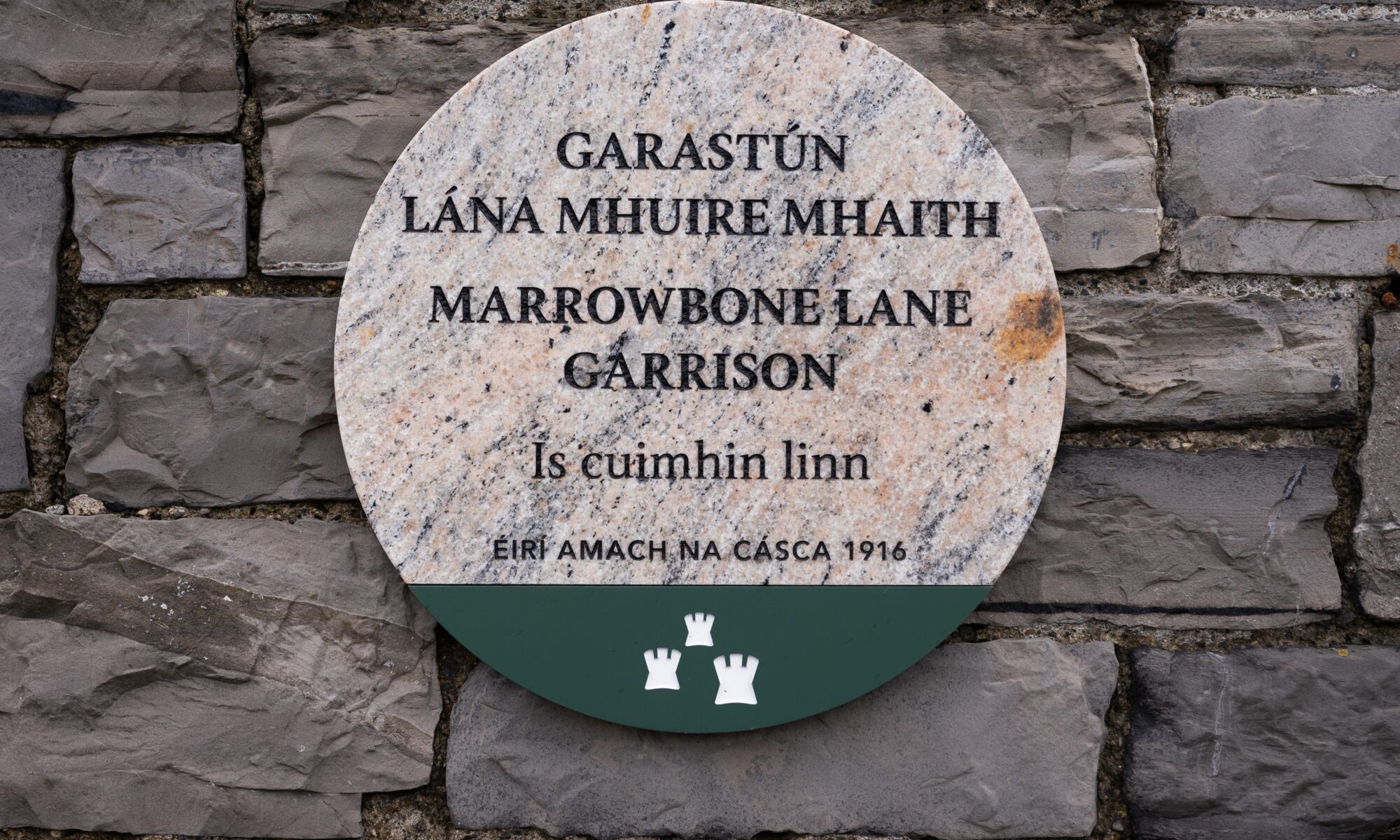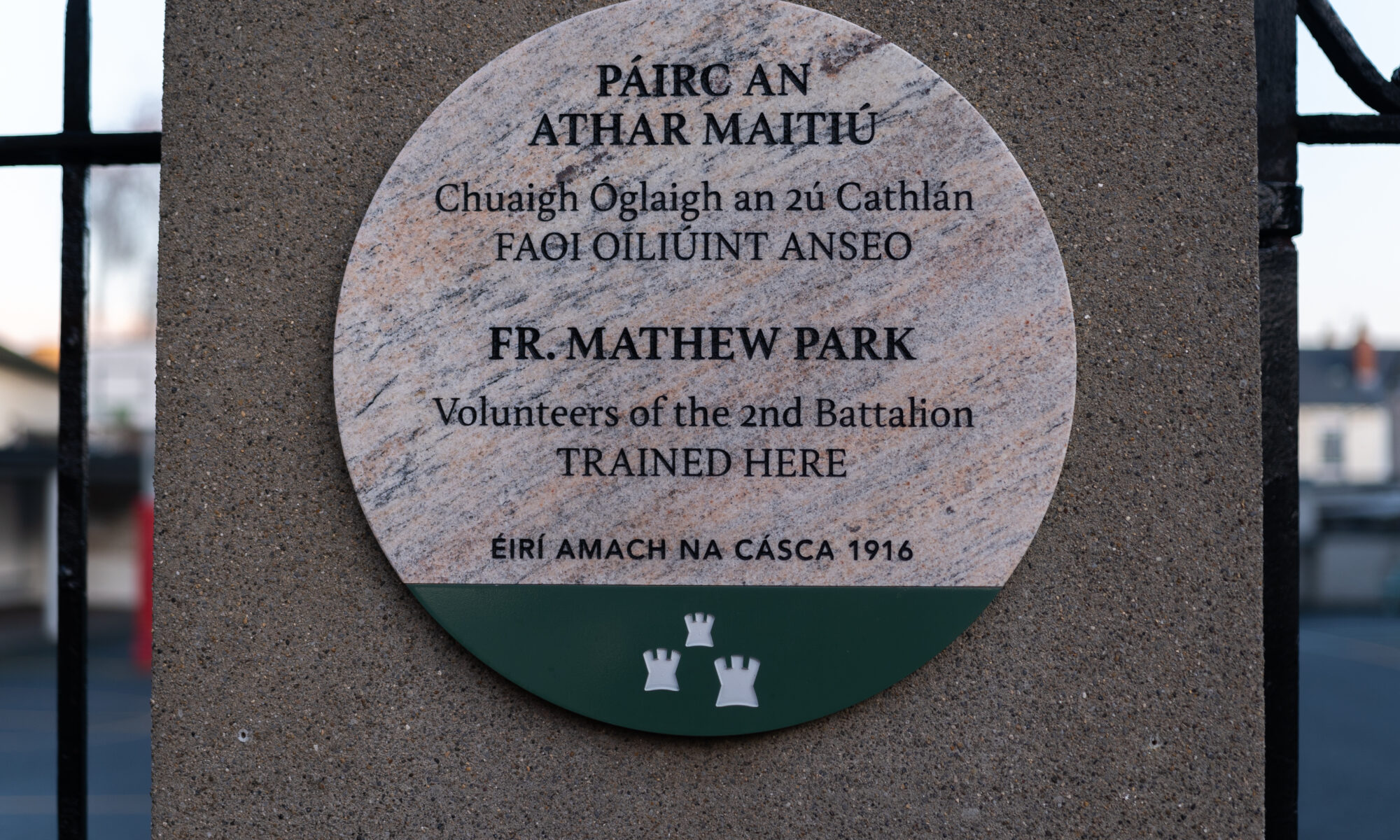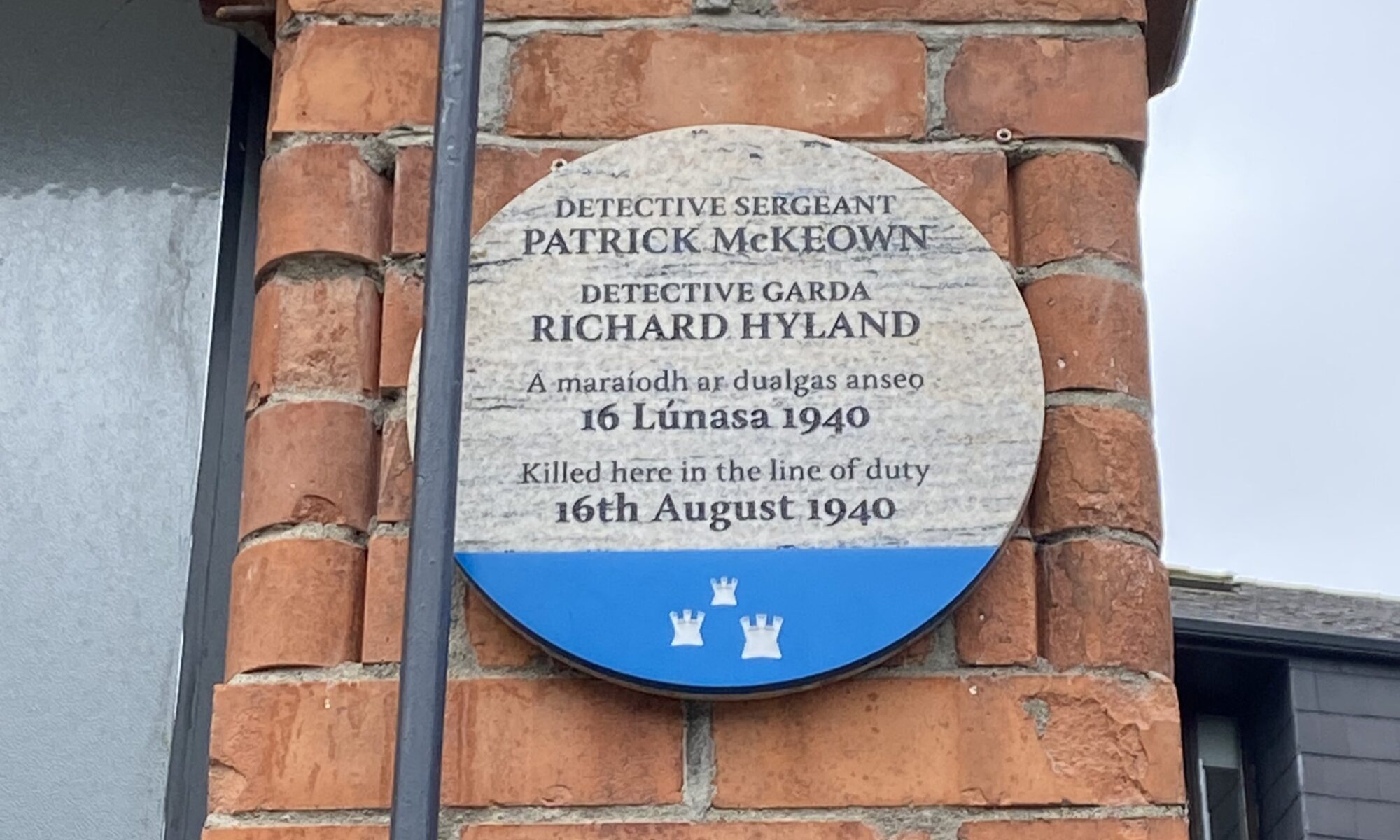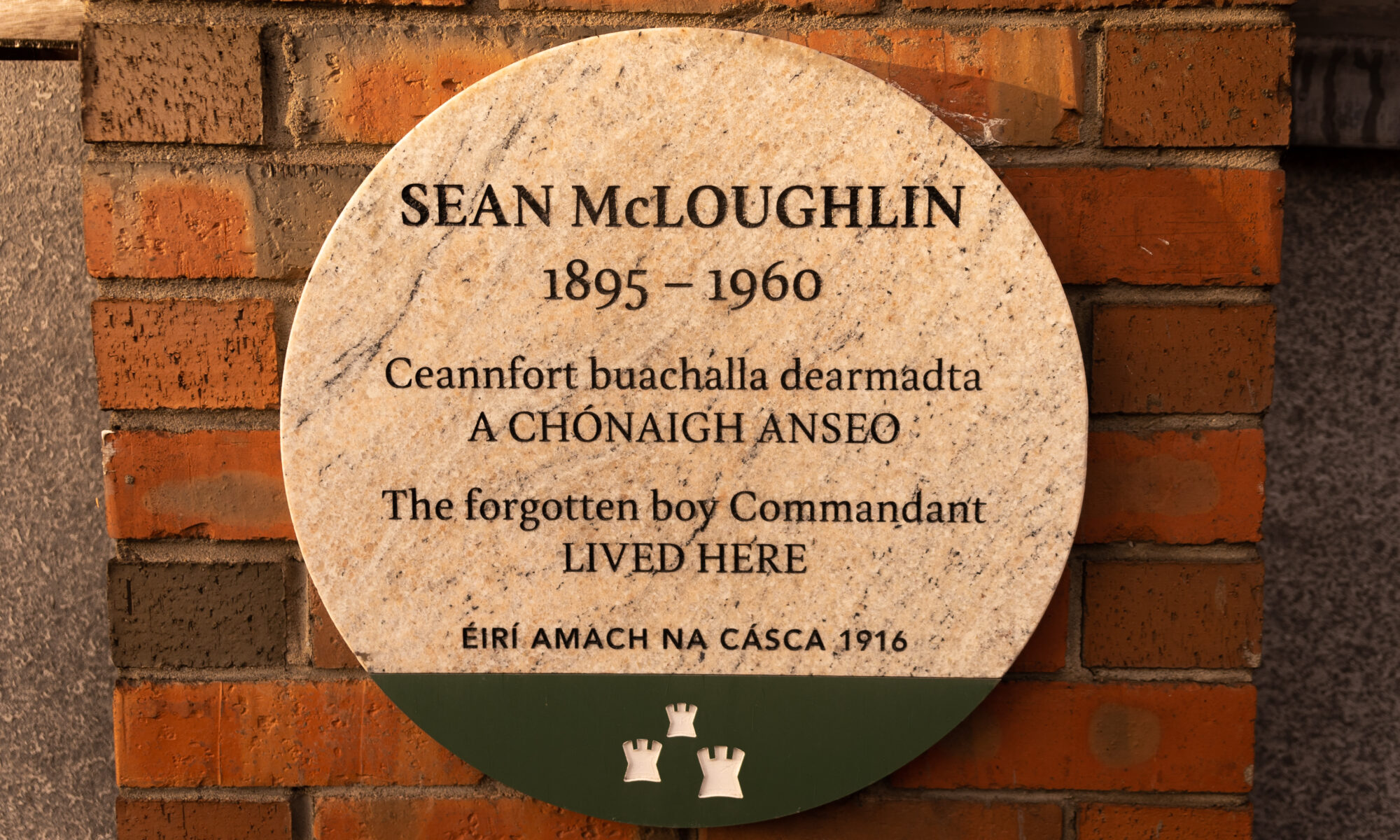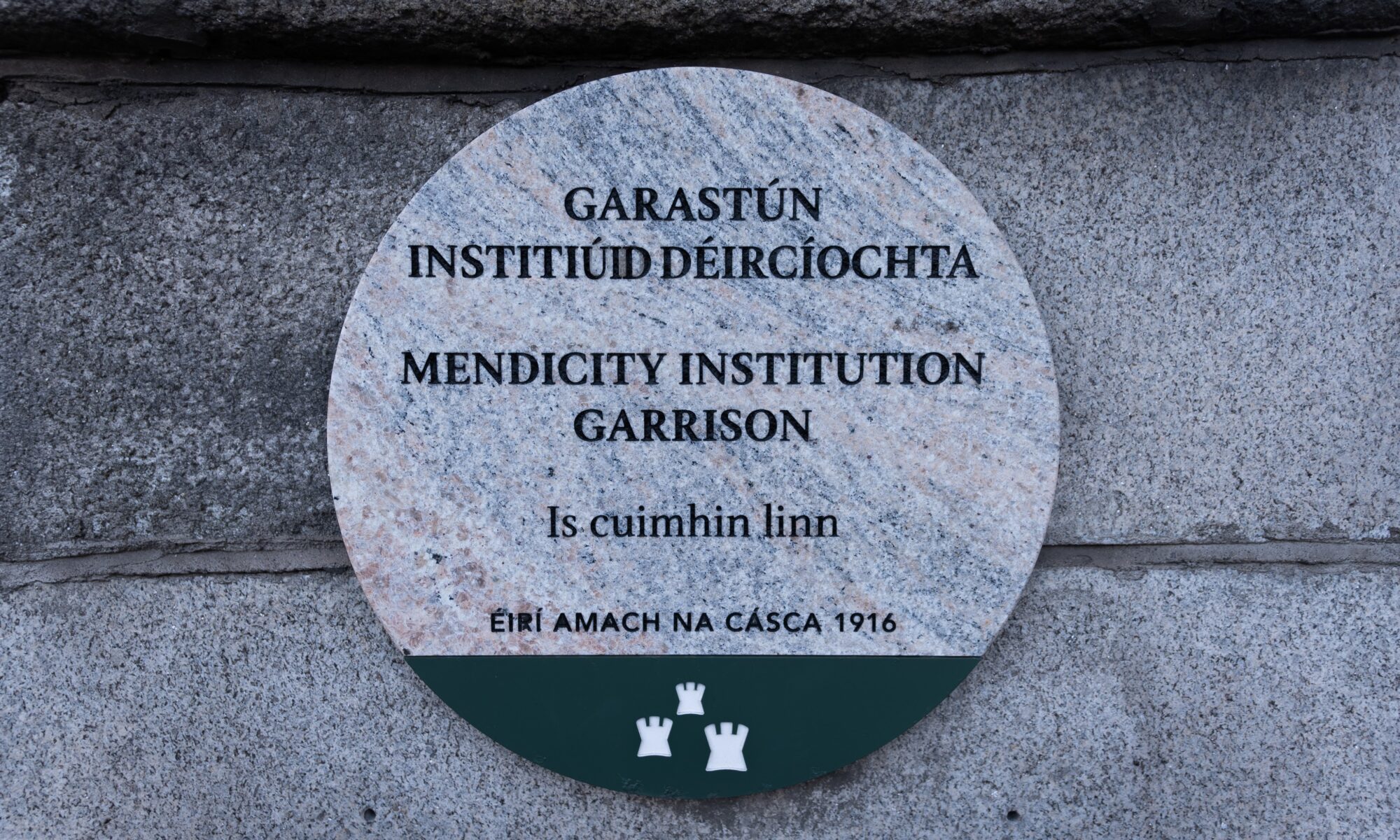On the afternoon of Friday, 29th April 2016, a Dublin City Council plaque commemorating the Jacob’s Factory Garrison that served in the 1916 Easter Rising was unveiled at the Dublin Institution of Technology, Bishop’s Street, Dublin 2.
Locate this plaque on Google maps.
The plaque was unveiled by the Lord Mayor of Dublin, Críona Ní Dhálaigh, and was the third in a series of 1916 Rising garrison plaques unveiled by Dublin City Council in April 2016.
In attendance at the ceremony were relatives of members of the Jacob’s Factory Garrison, as well as a National Colour Party from the Irish Defence Forces and elected members of Dublin City Council.
On Easter Monday 1916, the factory of W. & R. Jacob’s was seized by around 100 members of the 2nd Battalion of the Irish Volunteers’ Dublin Brigade, led by Commandant Thomas MacDonagh. A few smaller outposts in the area were also established by the garrison, with the overall objective of observing and hindering British troops entering the city centre from nearby military barracks.
After learning of the unconditional surrender of Patrick Pearse and James Connolly the previous day, MacDonagh surrendered on Sunday, 30th April. He was executed shortly afterwards at Kilmainham Gaol along with the two other most senior officers from the Jacob’s Garrison, Major John MacBride and Michael O’Hanrahan.
Those wishing to learn more about the history of Jacob’s factory should consult Séamus Ó Maitiú’s book W. & R. Jacob. Celebrating 150 Years of Irish Biscuit Making (Dublin, 2001).
Submitted by historian in residence James Curry.
